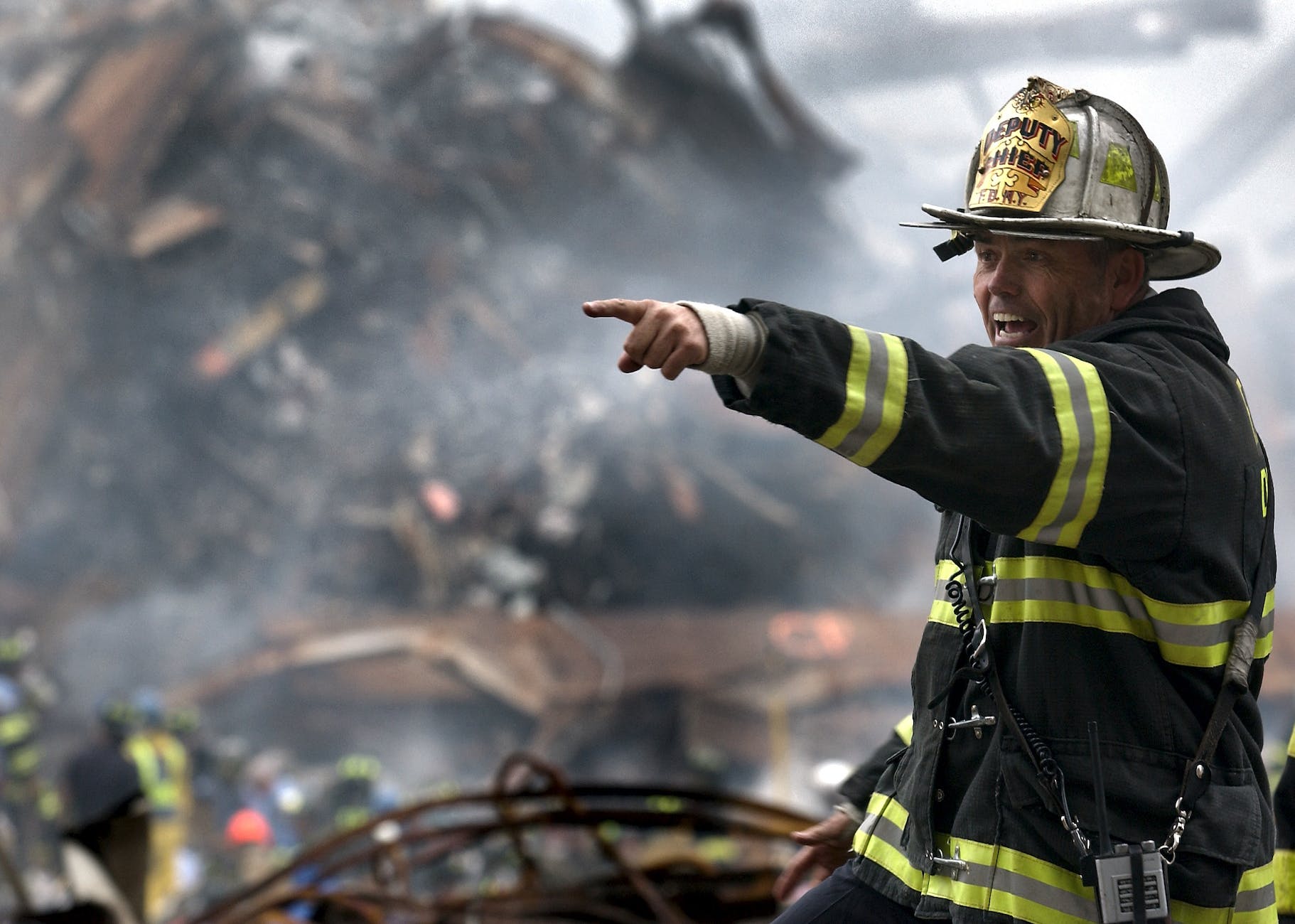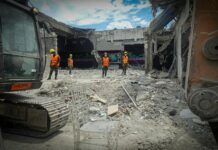
Disaster Management: Preparedness, Response, and Recovery
Introduction
Disaster Management : Disasters, whether natural or man-made, can strike at any moment, leaving destruction and chaos in their wake. In this article, we will delve into the world of disaster management, exploring the importance of preparedness, efficient response strategies, and the path to recovery. Join us as we navigate the intricacies of handling catastrophic events.
Understanding Disaster Management
Disaster management is a multifaceted approach aimed at reducing the impact of disasters and effectively responding to them. It encompasses a range of activities, from proactive measures to post-disaster recovery efforts.
The Four Phases of Disaster Management
- Mitigation: Preventing Disaster ImpactMitigation involves strategies to lessen the severity of disasters. It includes measures like building codes, land-use planning, and environmental preservation to reduce vulnerability.
- Preparedness: Readiness is KeyPreparedness focuses on developing plans, assembling resources, and training personnel to respond effectively when disaster strikes.
- Response: Immediate ActionThe response phase involves the rapid deployment of emergency services, search and rescue operations, and medical assistance to save lives and protect property.
- Recovery: Rebuilding and RehabilitationRecovery efforts concentrate on restoring communities, infrastructure, and livelihoods after the disaster has passed.
The Importance of Disaster Preparedness
Creating a Disaster Kit
Every household should have a well-stocked disaster kit containing essentials such as non-perishable food, water, first aid supplies, and flashlights.
Evacuation Plans
Establishing evacuation routes and assembly points ensures that people can safely leave disaster-prone areas in an organized manner.
Communication
Effective communication systems are vital during disasters to disseminate critical information and coordinate rescue operations.
Efficient Disaster Response
First Responders
The role of firefighters, paramedics, and law enforcement in providing immediate assistance cannot be overstated.
Community Involvement
Community members can play a crucial role in supporting response efforts by offering help to neighbors in need.
Technology
Advanced technologies such as drones and satellite imagery aid in disaster assessment and coordination.
The Path to Recovery
Rebuilding Infrastructure
Restoring essential services like electricity, water supply, and transportation is paramount for recovery.
Psychological Support
Addressing the emotional trauma experienced by survivors is integral to long-term recovery.
Economic Rehabilitation
Reestablishing businesses and livelihoods is essential for the economic stability of affected areas.
Conclusion
Disaster management is a dynamic process that demands a combination of planning, resource allocation, and community involvement. By understanding the four phases of disaster management and the importance of preparedness, response, and recovery, we can mitigate the impact of disasters and build resilient communities.
Event Tree Analysis: Accident Investigation Method
Fault Tree Analysis: Accident Investigation Method
Fishbone Analysis: Accident Investigation Method
Failure Mode Effect Analysis (FMEA): Accident Investigation Method
Bow Tie Analysis: Accident Investigation Method
FAQs
- What is the primary goal of disaster management?The primary goal is to reduce the impact of disasters and save lives.
- How can individuals contribute to disaster preparedness?Individuals can create disaster kits, participate in drills, and stay informed about local hazards.
- What is the role of technology in disaster response?Technology assists in assessing the situation, locating survivors, and coordinating rescue efforts.
- How long does the recovery phase typically last?The duration varies depending on the scale of the disaster, but it can take months to years.
- Why is community involvement crucial in disaster response?Communities can provide immediate support, local knowledge, and help during emergencies, making response efforts more effective.
In conclusion, disaster management is not merely a concept but a lifeline for communities facing catastrophic events. Through a coordinated effort involving government agencies, first responders, and engaged citizens, we can navigate the most challenging times and emerge stronger, ready to rebuild and recover.
























